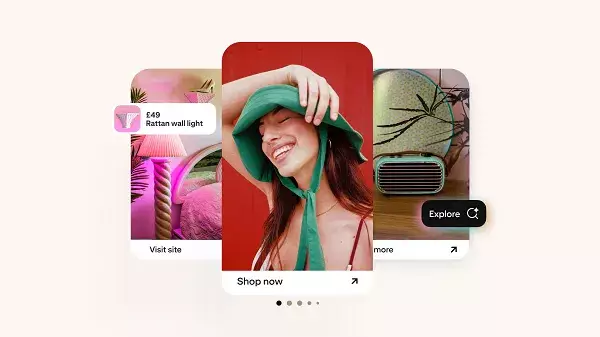In the dynamic realm of social media marketing, brands are constantly on the lookout for effective platforms to engage with consumers. Enter Pinterest—a platform that has morphed beyond its humble beginnings into a sprawling visual search engine with more than 570 million users. Unlike typical social media channels, Pinterest operates more like an online marketplace, where users actively seek products with genuine intent to purchase. This sets it apart, making it a goldmine for marketers who can leverage its unique features effectively. Integrating Pinterest into your marketing strategy isn’t just a suggestion; it’s an opportunity ripe for the picking.
Feed Your Inventory Right into the App
One of the crucial components of utilizing Pinterest for your business is to begin with your product catalog. Pinterest’s statistics reveal that merchants who provide a catalog see up to five times more impressions than those who don’t take this essential step. This statistic shouldn’t just pique your interest—it should compel you to act. Integrating your catalog allows Pinterest to showcase your offerings prominently, giving you the first-mover advantage that many brands overlook. The process of catalog ingestion is pivotal; it creates visibility for your products and enhances your chances of engagement with potential buyers.
Fine-Tuning Your Offerings
Once your product catalog is in place, the next step is optimization. It’s not simply enough to have products listed; how you present them plays a vital role. High-quality images, effective descriptions, and the right keywords are fundamental in ensuring that your listings stand out amidst the plethora of content on the platform. Metadata forms the backbone of your product listings and should be meticulously curated. Furthermore, Pinterest advocates for brands to regularly check the health of their product feeds. Keeping them error-free not only aids in better performance but also improves your algorithmic luck with Pinterest’s sophisticated machine-learning capabilities. The correlation between catalog size and return on ad spend (ROAS) is striking: listings with over 2,500 products experience significantly higher ROAS, underscoring the importance of variety in your inventory.
Maximizing Visibility with Shoppable Pins
An underutilized opportunity lies in making all your Pins shoppable. Pinterest recommends not only that brands enhance their product visibility but also incorporate themed boards that resonate with users’ interests and needs. The potential for discoverability skyrockets when you position your products within relevant contexts. Moreover, shoppable collages—combining several items with price details and availability—are exceptionally effective; they are saved twice as often as their standalone counterparts. Claiming your Instagram account on Pinterest can further amplify your reach, as there’s a substantial influx of content originating from Instagram that can seamlessly lead users to your product pages.
Harnessing the Power of Pinterest Ads
Once your product offerings are optimized and visible, the next logical step is to dive into the world of Pinterest advertising. Pinterest has continuously evolved its advertising options, introducing innovative ad formats designed to reach your target audience with precision. The functionality of automated sales indicators and performance-enhanced ads underscores the potential of AI-driven marketing. These advancements allow marketers to not only diversify their ad types—from lifestyle to user-generated content—but also facilitate direct links to product pages via mobile deep-linking. The statistics speak volumes: advertisers using these deep links have experienced impressive lifts in conversion rates and noticeably lower conversion costs.
Engagement with your audience shouldn’t stop once your strategy is deployed. The beauty of Pinterest lies in its analytical features, which offer insights into your marketing performance. By continuously measuring and refining your approach, you ensure that each element of your Pin marketing strategy evolves with market trends and consumer behavior.
Ultimately, Pinterest is not just another social media platform; it’s a robust tool for marketers willing to invest time into understanding its nuances. With the right strategies, it opens doors to opportunities that can dramatically impact your business growth. Don’t overlook the sheer potential Pinterest holds; your business’s next breakthrough could be just a “Pin” away.

